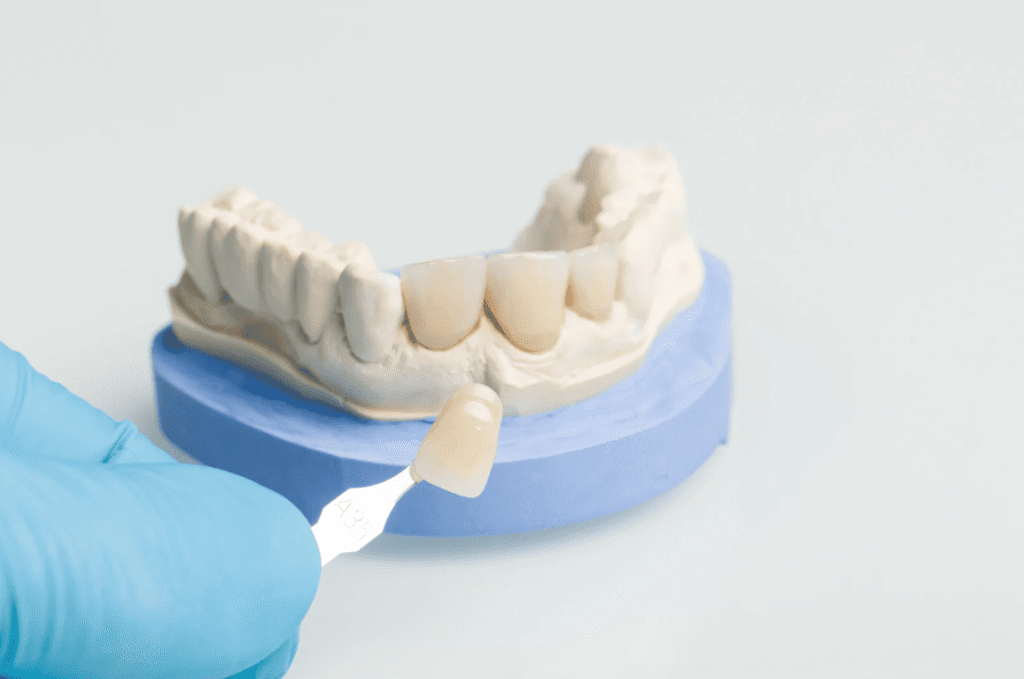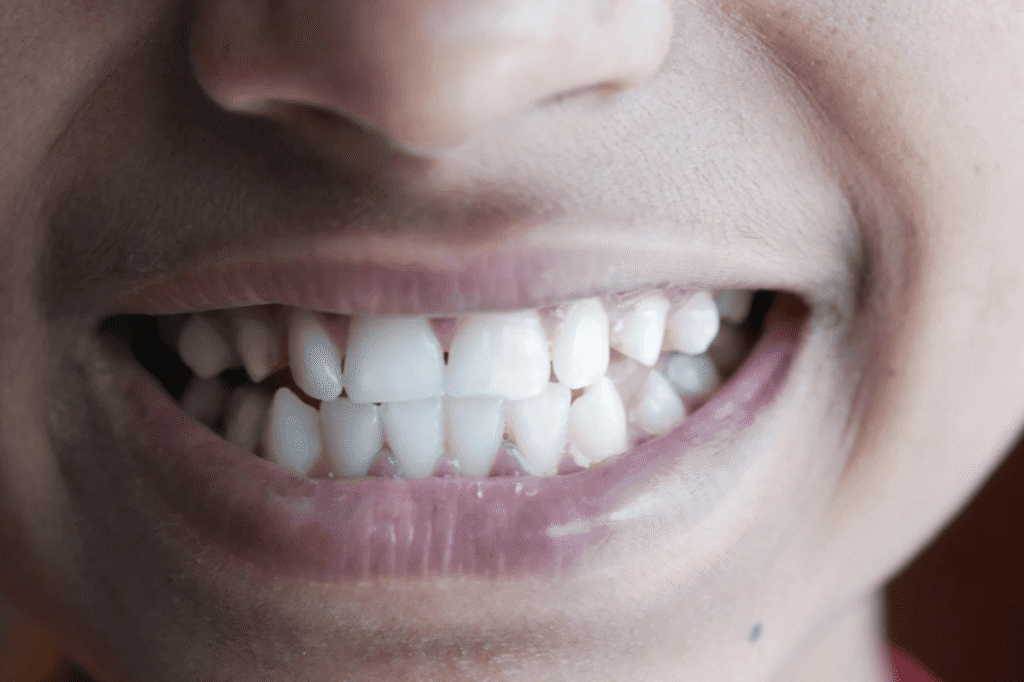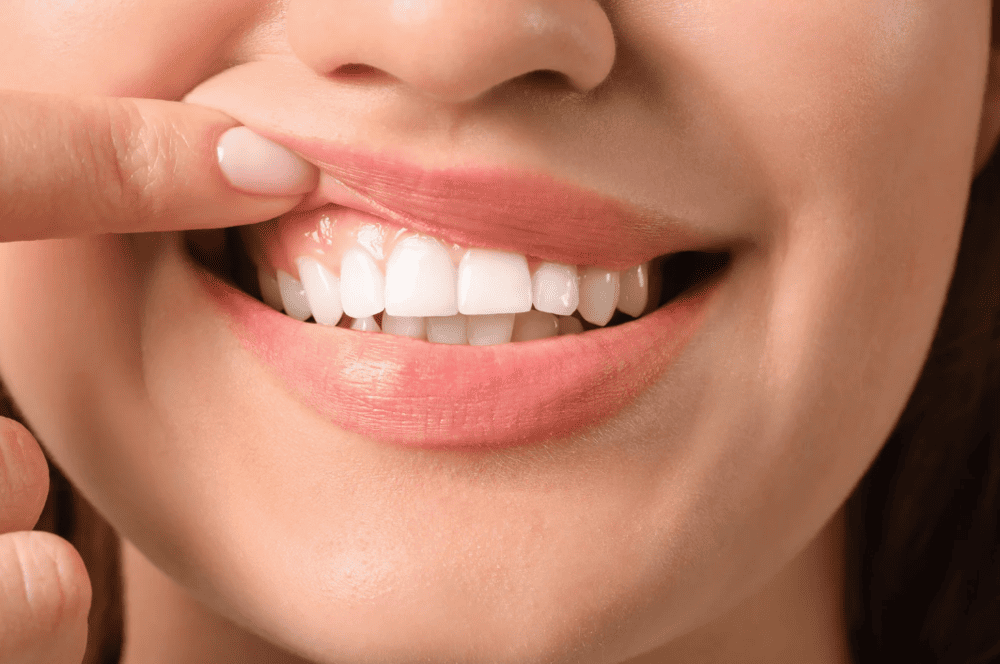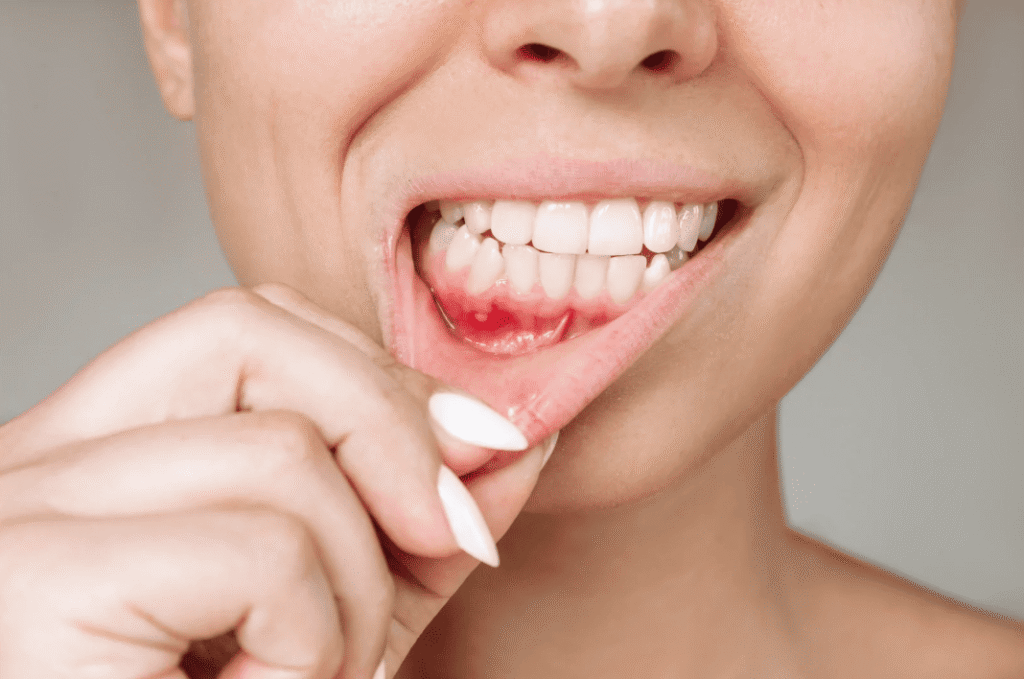
How to Improve Overbites? Dentists Break Down Causes and Correction Methods
An overbite refers to the lower teeth protruding beyond the upper teeth during biting. This malocclusion not only affects appearance but may also lead to speech difficulties, chewing problems, and tooth wear. Approximately 15% of the population in Asia, particularly in Hong Kong, is affected by overbites, a rate significantly higher than in Western countries. Fortunately, modern dental technology offers various correction methods, such as braces, Invisalign, and orthognathic surgery, helping patients improve their bite and facial profile.
This article will delve into the causes, correction methods, and pricing of overbites to help you understand how to choose the most suitable solution.
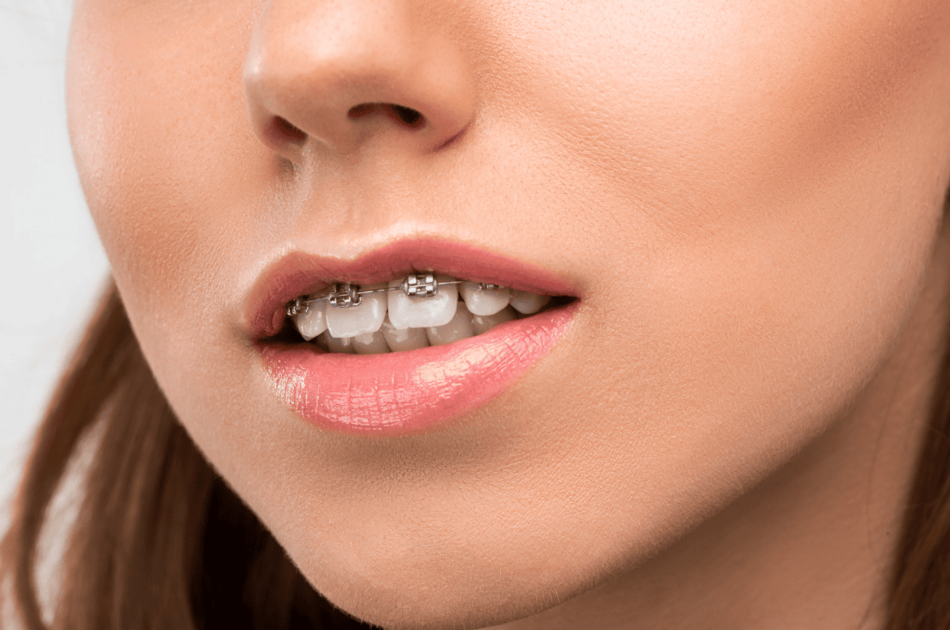
Overbite Causes: Why Does Malocclusion Occur?
The formation of an overbite involves multiple factors, with causes primarily categorized into skeletal and dental types, influenced by both genetics and postnatal environmental factors. The following provides a detailed explanation:
Skeletal Overbite
Due to excessive lower jaw development or insufficient upper jaw growth, the lower jaw protrudes relative to the upper jaw during occlusion. This type is largely linked to genetic factors, with about 70% of overbite cases being skeletal, especially common among patients with similar facial features in their families. Additionally, the higher prevalence of overbites in Hong Kong may be related to the jawbone morphology characteristics of East Asian populations.
Dental Overbite
Caused by abnormal tooth growth angles or alignments, such as excessive inward tilting of upper incisors, forward tilting of lower incisors, or asymmetrical dental arches, leading to misaligned bites. This condition accounts for about 20%-25% of total cases and is commonly seen in patients with crowded teeth or those who lacked early orthodontic correction.
Impact of Acquired Bad Habits
Prolonged habits such as thumb-sucking, tongue-thrusting, pencil-biting, or improper chewing can alter the developmental trajectory of the jawbone and teeth, with particularly significant effects during childhood. Approximately 10% of overbite cases are associated with such habits, and without timely correction, these issues may worsen bite problems.
*Early identification of the specific causes of an overbite and consultation with a professional dentist are crucial. Dental experts recommend the 6-12 age range as the golden period for children’s orthodontic treatment, as the jawbone retains significant molding potential during this phase, substantially reducing the need for complex corrections in adulthood.
Your Smile, Your Confidence – Let’s Make It Perfect!
Why choose Smith & Jain Dentists?
✅ Personalised Treatment Plans – Every smile is unique, and so is our approach.
✅ Advanced Technology – Digital scanners for precise assessments and comfortable treatment.
✅ Experienced Specialists – A dedicated team ensuring optimal results for every patient.
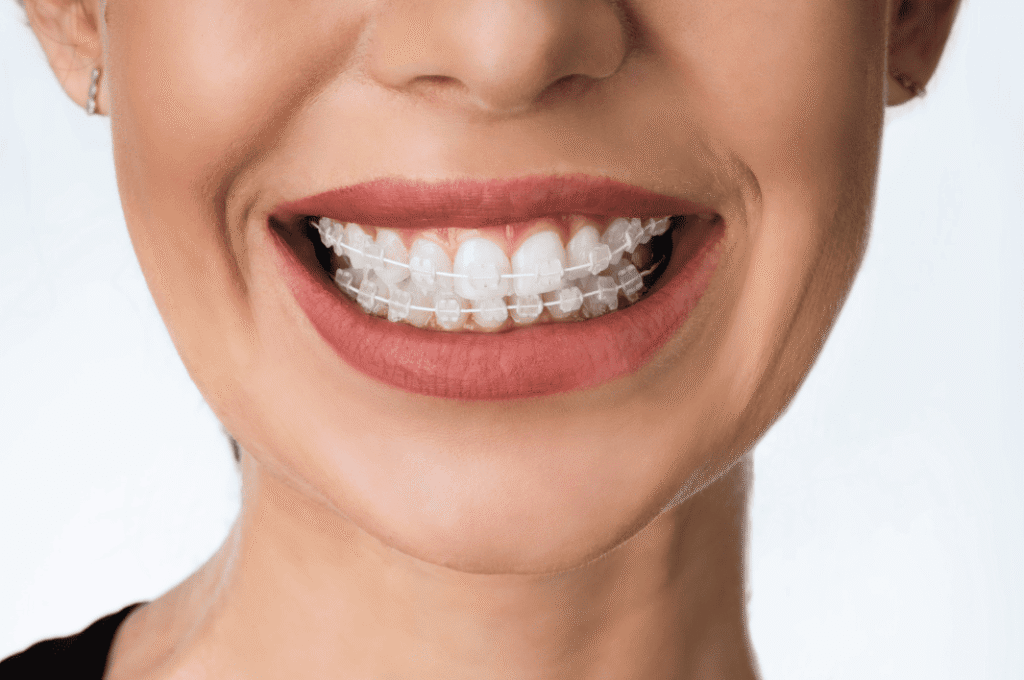
Overbite Facial Impact: Appearance and Functional Effects
Overbites not only affect the normal function of tooth occlusion but also significantly alter facial contours. Patients are often described as having an overly prominent chin, leading to disproportionate facial features, which impacts overall aesthetics and social confidence. Additionally, the functional issues caused by malocclusion should not be overlooked, with the following detailed analysis:
Speech Impairment
Overbites may obstruct the pronunciation of dental sounds and labiodental sounds, affecting daily communication. Approximately 15% of patients experience mild speech disorders due to bite abnormalities, with particularly notable effects on learning and social interactions during childhood.
Chewing Difficulties
The front teeth cannot properly bite through food, forcing patients to rely on back teeth for chewing, reducing chewing efficiency by approximately 20%-30%. Over time, the excessive pressure on back teeth increases the risk of tooth wear and temporomandibular joint (TMJ) problems.
Tooth Wear and Health Risks
Abnormal occlusion causes uneven stress on tooth surfaces, accelerating enamel wear. About 25% of overbite patients exhibit noticeable tooth wear signs in adulthood. Without correction, this can lead to tooth loosening, periodontal disease, or even affect digestive system function, necessitating early treatment.
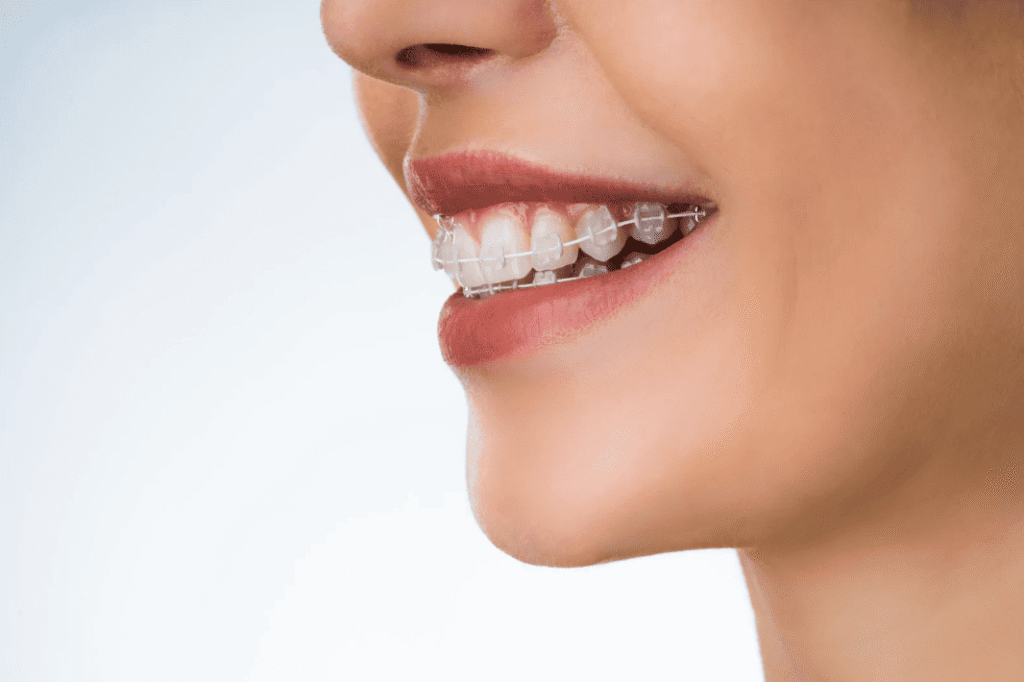
Overbite Treatment Options: Braces, Invisalign, and Orthognathic Surgery
Modern dental technology offers a range of correction options for overbite patients, encompassing non-surgical orthodontics to surgical interventions. The following three primary methods are recommended by professional dentists based on case severity and patient needs, aiming to improve bite function and facial aesthetics.
Braces
Braces are the preferred method for treating mild to moderate overbites, using traditional metal braces or ceramic braces to gradually adjust tooth positions and restore normal occlusion. Dentists utilize customized orthodontic appliances to apply gentle pressure, promoting the natural adaptation of teeth and jawbones.
- Suitable For: Applicable to dental overbites or mild skeletal overbites, especially those caused by tooth alignment issues.
- Treatment Duration: Typically requires 12-24 months, depending on case complexity, tooth movement extent, and patient compliance.
- Advantages: Allows for regular progress monitoring during treatment, ideal for patients seeking gradual improvement.
Invisalign
Invisalign is an advanced clear aligner technology that uses customized transparent aligners to gradually correct mild to moderate overbites. Its removable design facilitates eating, cleaning, and use in social settings, making it particularly popular among patients prioritizing aesthetics.
- Suitable For: Ideal for self-disciplined patients seeking discreet correction, especially those with mild dental or skeletal overbites.
- Treatment Duration: Approximately 12-18 months, guided by a 3D digital simulation plan for precise adjustments.
- Advantages: Reduces the oral discomfort associated with traditional braces, suitable for patients aiming to maintain their quality of life.
Overbite Orthognathic Surgery
For severe skeletal overbites, braces or Invisalign may not suffice, requiring orthognathic surgery for structural adjustment. Performed by oral surgery specialists, the procedure involves precise bone cutting and repositioning of the upper and lower jaws to thoroughly improve bite and facial profile.
- Suitable For: Applicable to severe skeletal overbites or mixed cases, particularly those with noticeable facial deformities.
- Treatment Duration: Requires a 6-12 month recovery period post-surgery, complemented by pre- and post-operative orthodontic treatment for optimal results.
- Advantages: Significantly enhances facial harmony, ideal for patients needing comprehensive resolution of facial structural issues.
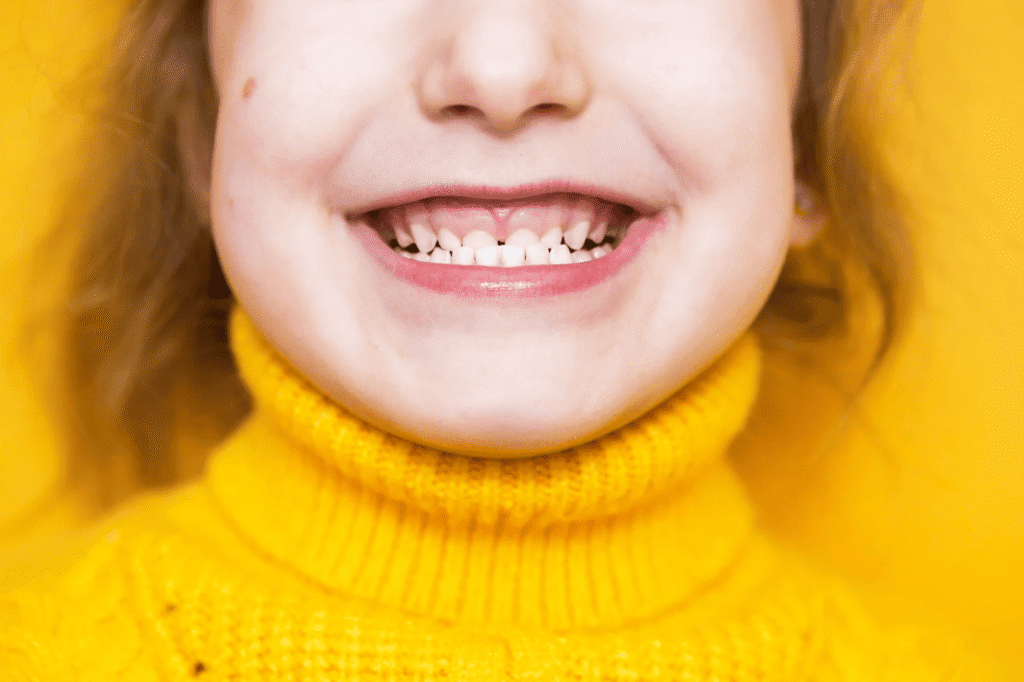
Children’s Overbites: The Golden Treatment Period
Children’s overbites should receive professional treatment as early as possible, with the 6-12 age range being the optimal time for orthodontic intervention. During this stage, children’s jawbones are still at a developmental peak, with bones and teeth possessing high plasticity. Early correction can effectively guide normal growth patterns, reducing the likelihood of needing complex surgery later. Approximately 60% of untreated overbite cases require orthognathic surgery in adulthood, whereas timely intervention can lower this rate to below 20%.
Treatment Methods
Early options include functional appliances (such as Twin Block or expanders) or traditional braces, which apply gentle pressure to adjust the jawbone and tooth positions. These methods are particularly suitable for children aged 6-9, helping to correct mild to moderate overbites.
Benefits
Beyond reducing the need for orthognathic surgery, early treatment can shorten the overall treatment duration (typically by 6-12 months), improve speech and chewing functions, boost children’s social confidence, and prevent long-term oral health issues.
*Hong Kong parents should regularly bring their children for dental checkups, especially when overbite signs are noticed, and consult a specialist dentist early to develop a personalized plan.
Conclusion
Overbites not only affect facial aesthetics but may also cause speech difficulties, chewing problems, and various oral health issues such as tooth wear. Fortunately, advanced treatment options like braces, Invisalign, and orthognathic surgery provide comprehensive solutions, effectively improving bite and facial profile. Early identification of causes and consultation with a professional dentist are key to achieving a healthy smile and long-term oral care.
Your Smile, Your Confidence – Let’s Make It Perfect!
Why choose Smith & Jain Dentists?
✅ Personalised Treatment Plans – Every smile is unique, and so is our approach.
✅ Advanced Technology – Digital scanners for precise assessments and comfortable treatment.
✅ Experienced Specialists – A dedicated team ensuring optimal results for every patient.
Disclaimer
All information provided on this website is for informational purposes only and is intended to help readers gain general knowledge about dental health. The content on this website should not be considered a substitute for professional dental diagnosis, advice, or treatment. If you have any dental concerns, please consult a licensed dentist for appropriate medical advice and treatment. Smith & Jain Dentists and its affiliates are not responsible for any direct or indirect damages resulting from the use of this website’s information. This website may include links to external websites for reference purposes only. Smith & Jain Dentists is not responsible for the content or accuracy of third-party websites.

